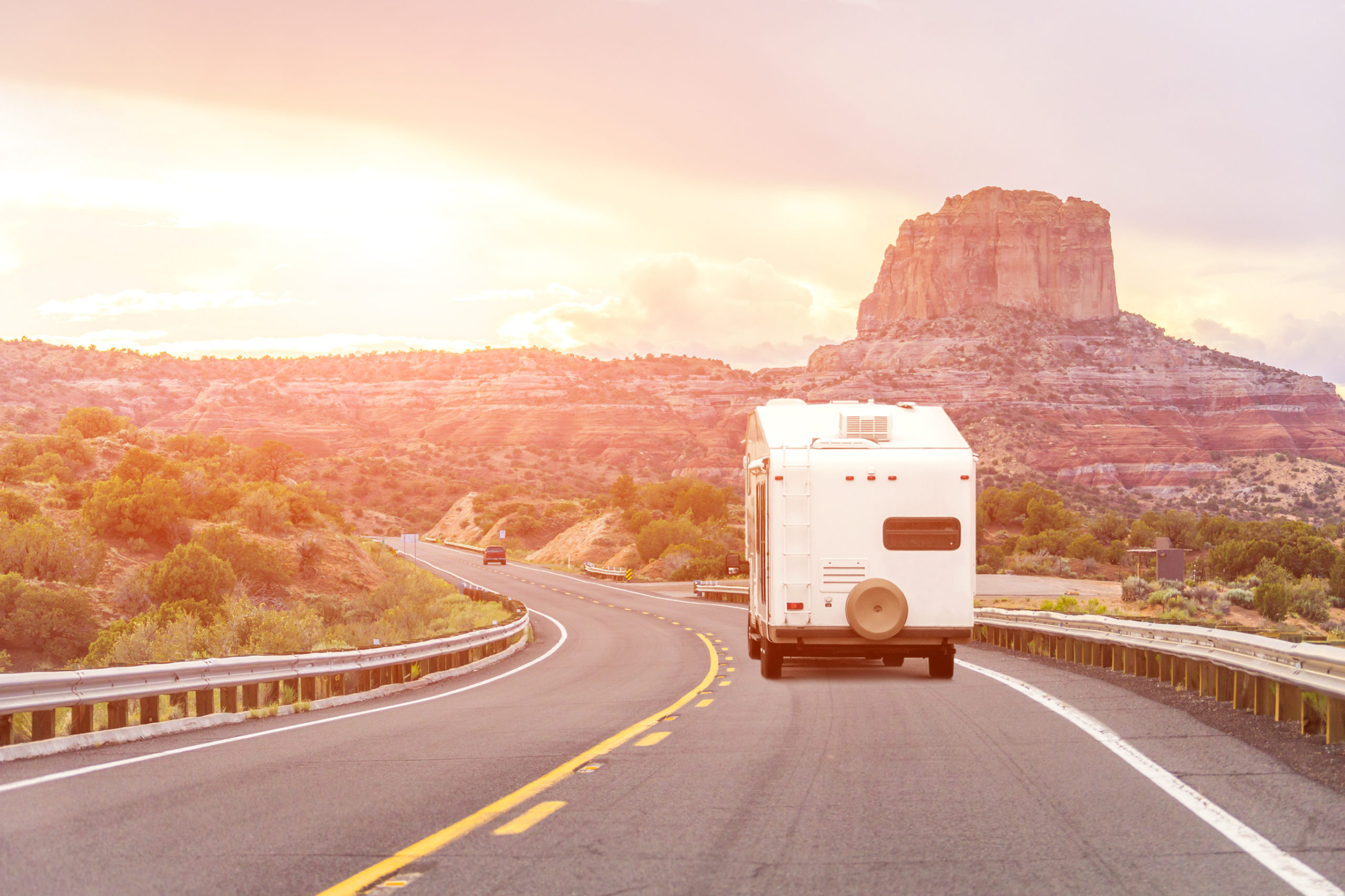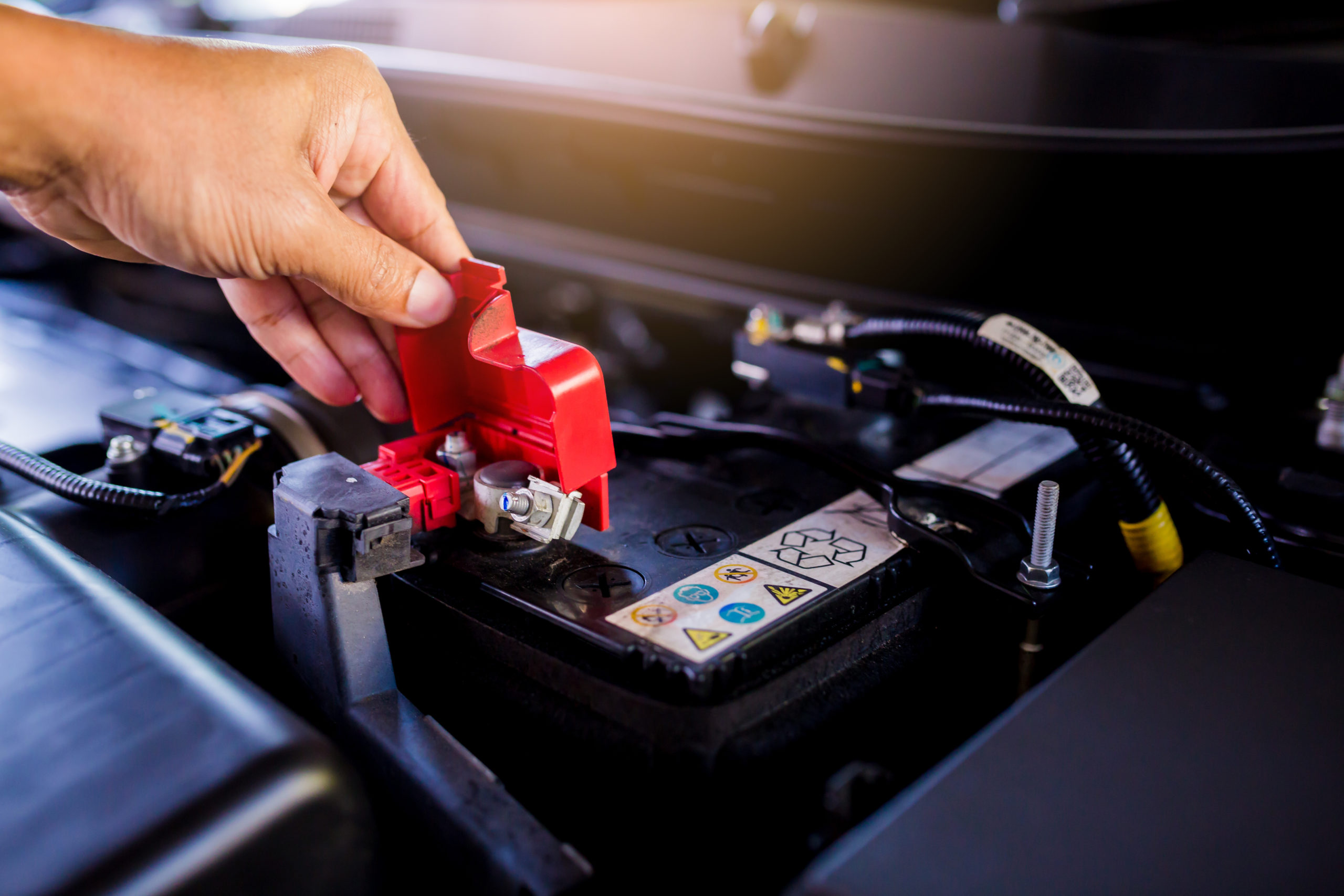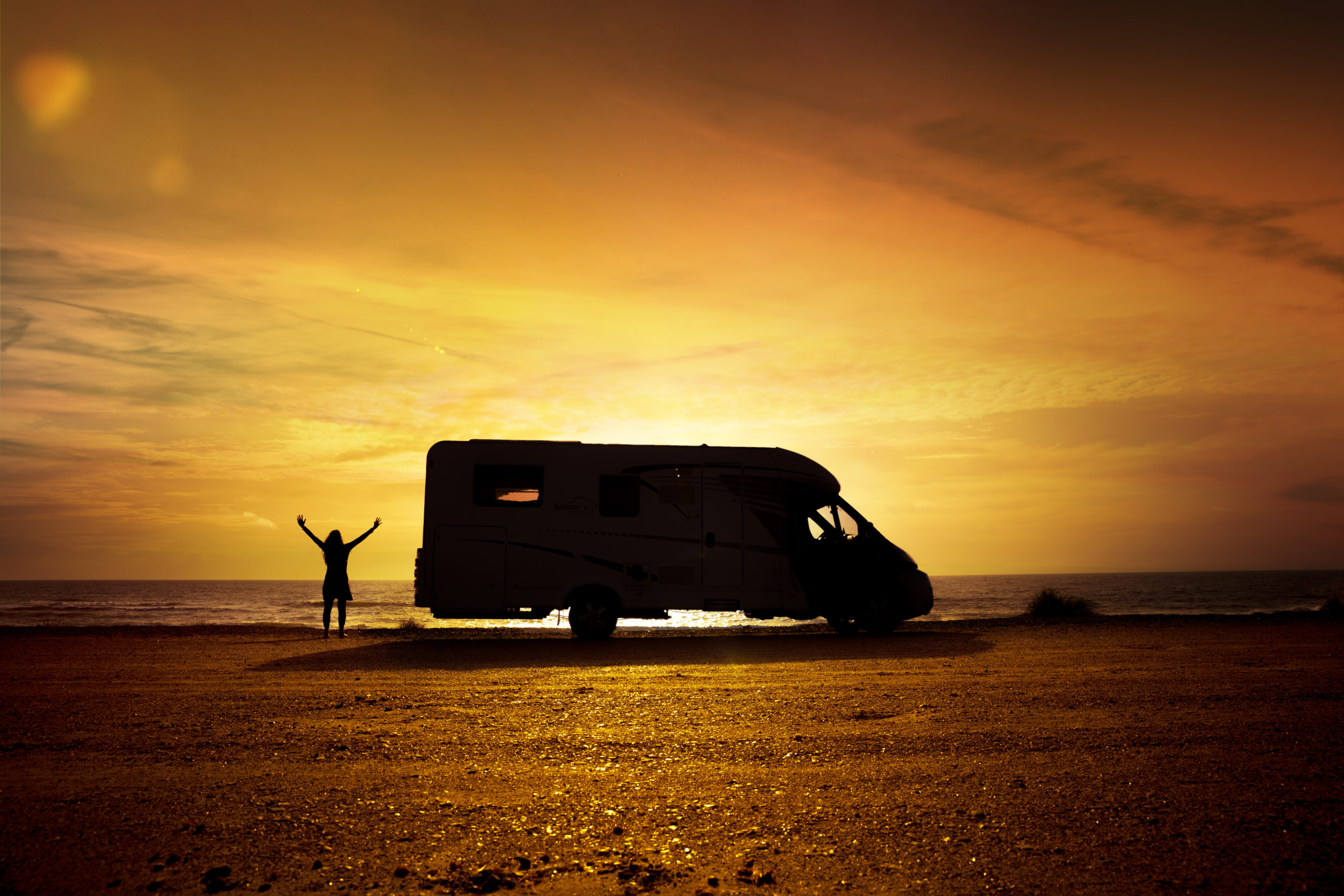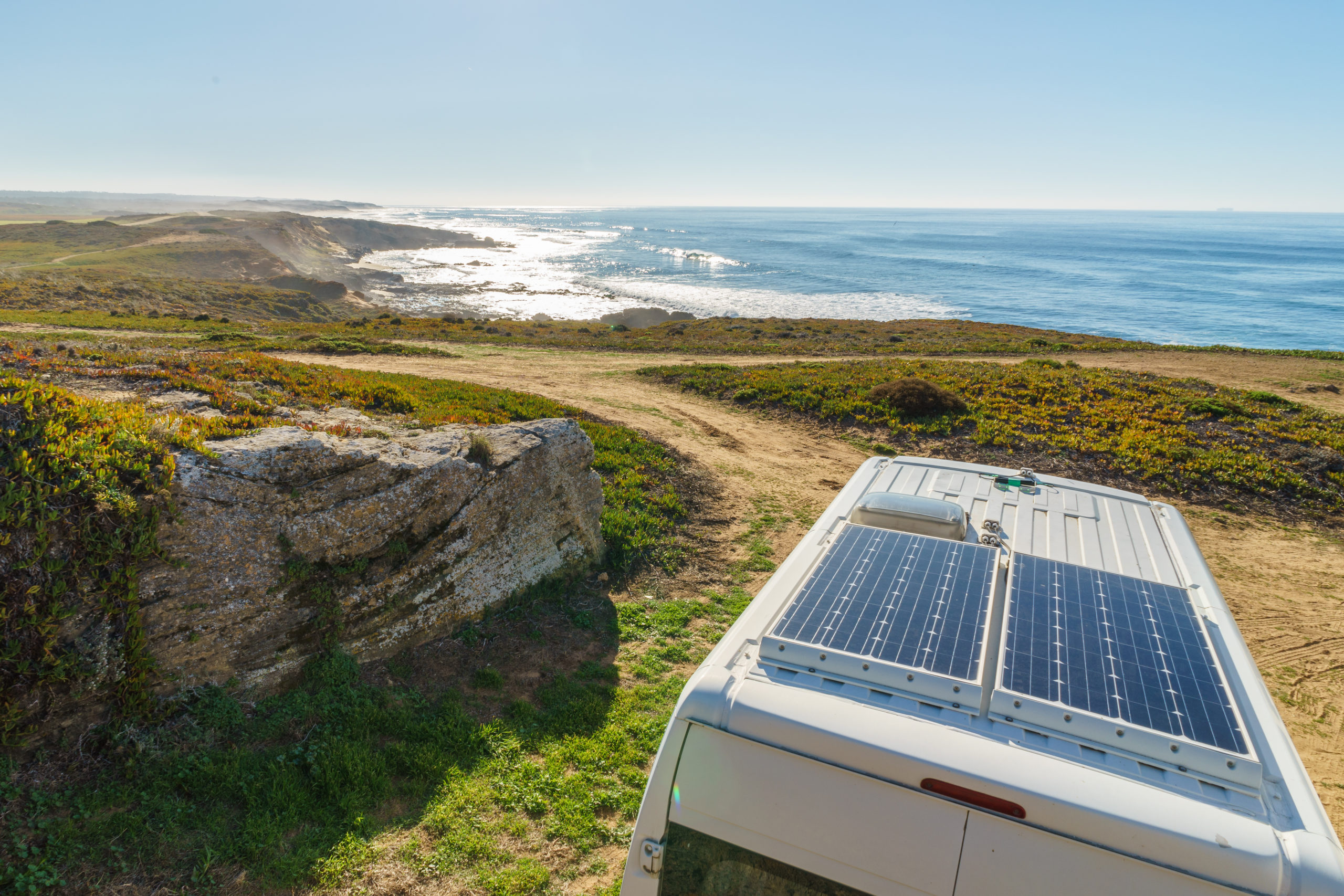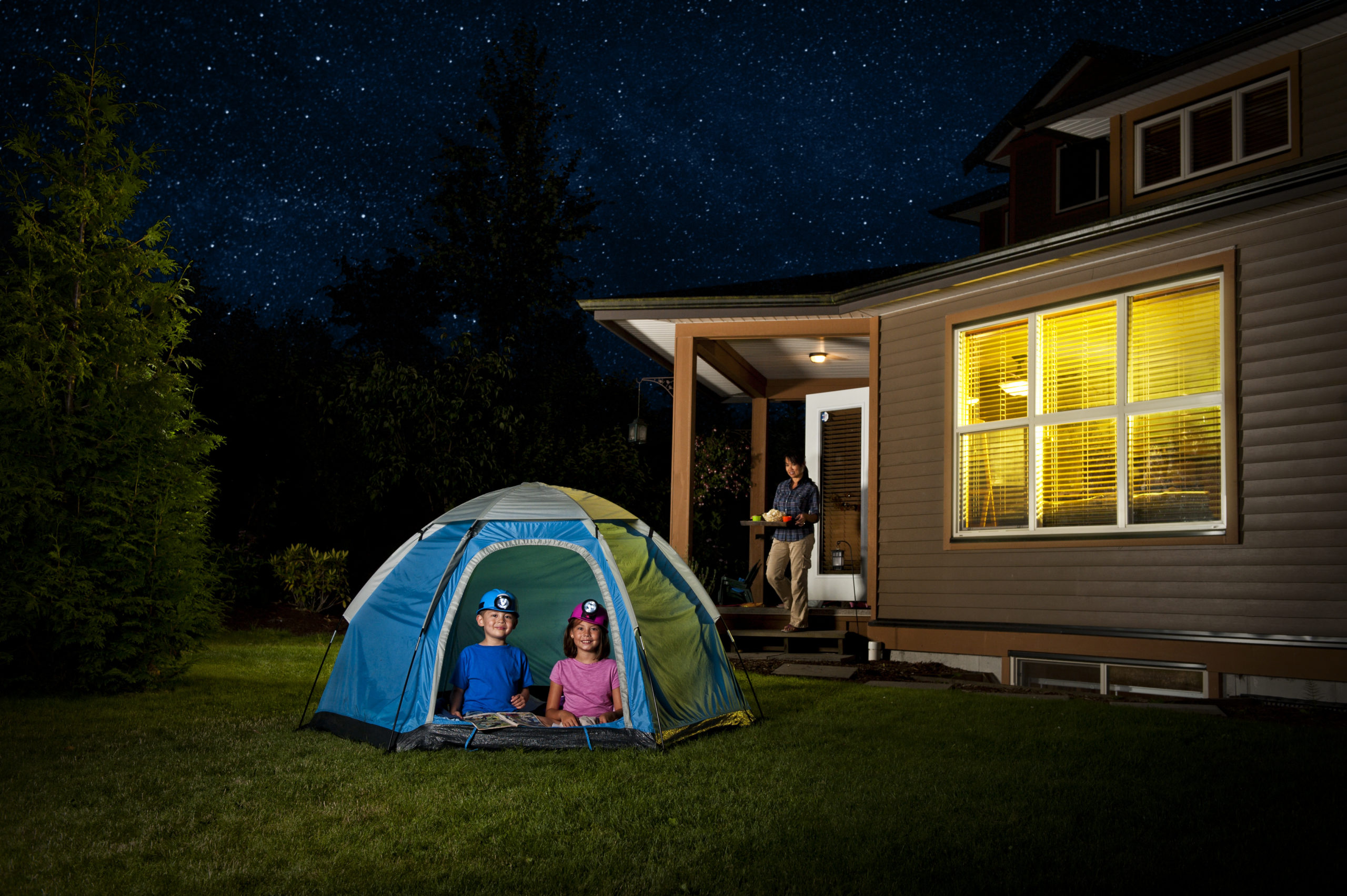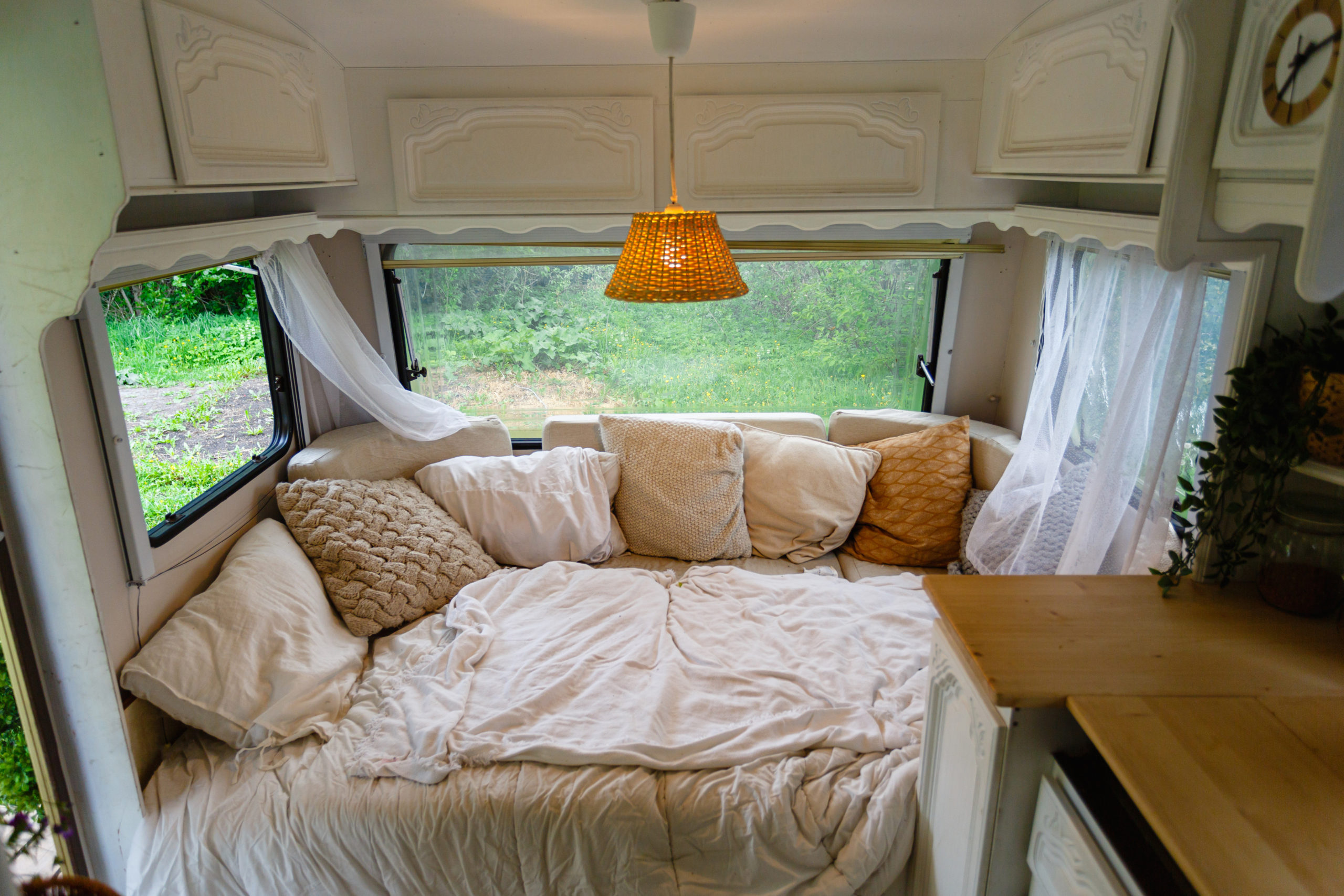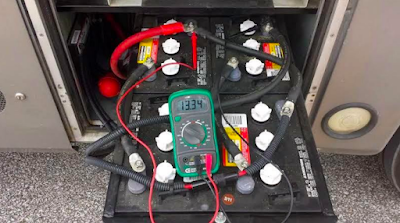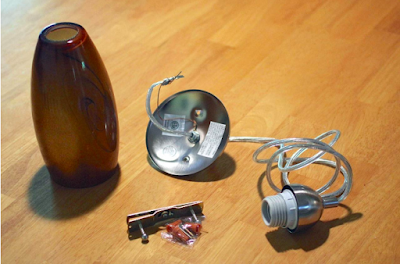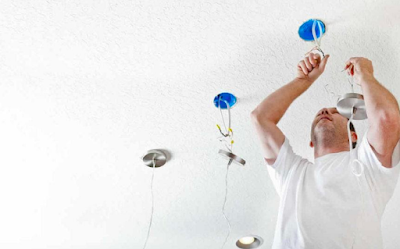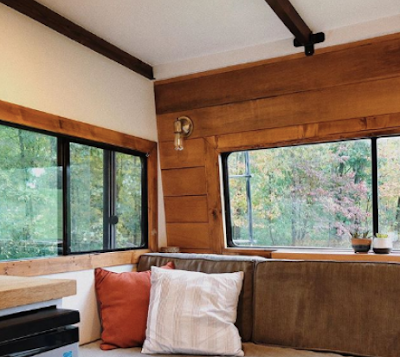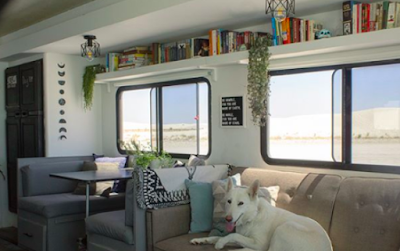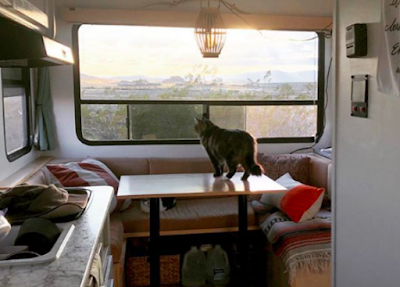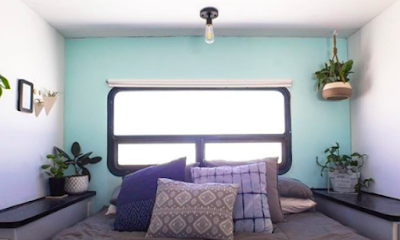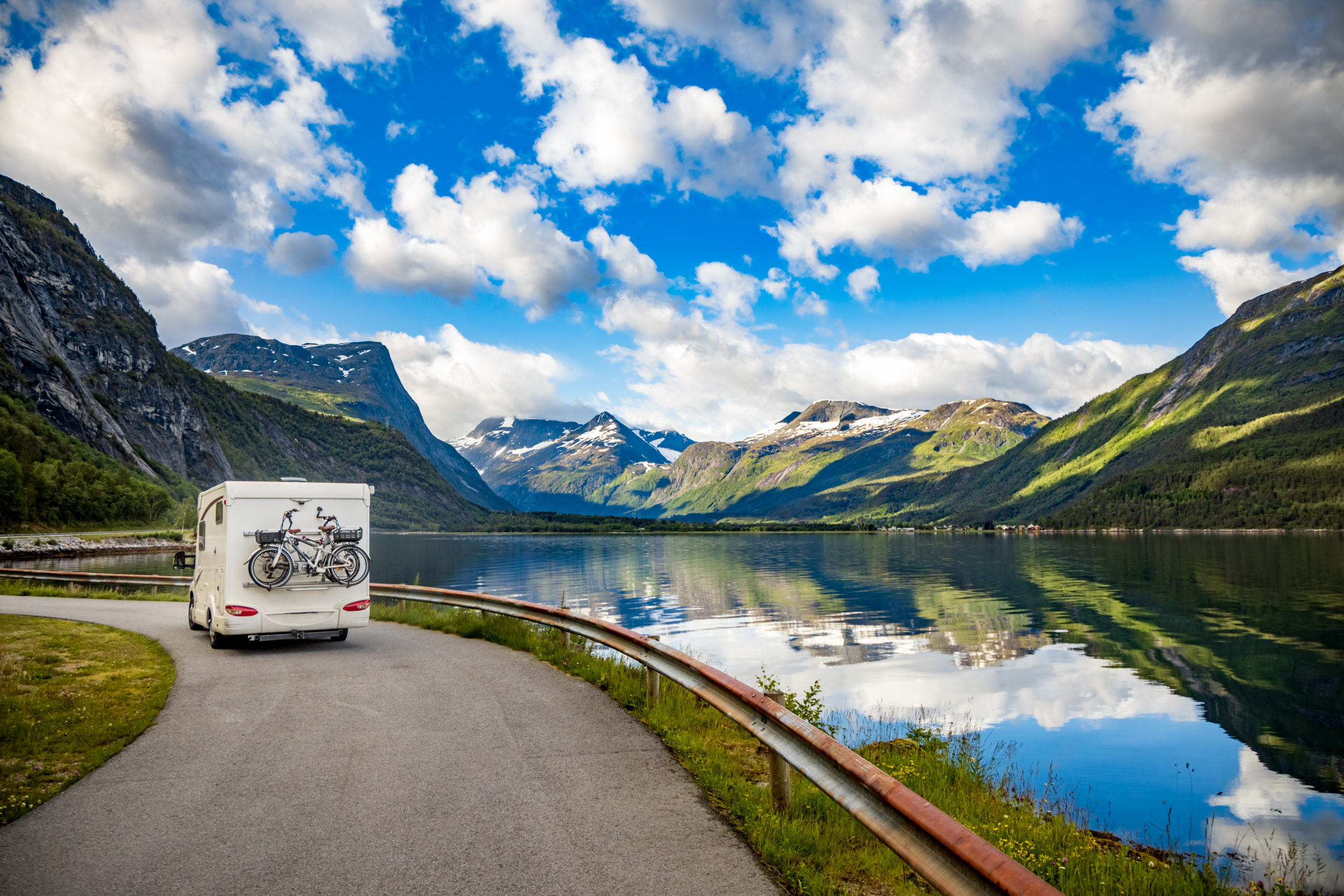With states slowly opening and summer just around the corner, people across America are easing back into the world of travel. But the reality is, summer getaways might look a little different this year, and considering many people aren’t ready to fly to their next destination, road trips are making a huge comeback. RVs give you the option to truly have a home on wheels and are ideal for social distancing. Don’t have an RV, but still want to take a trip this summer? RV Trader Rentals could be the perfect option for you. Before you select the RV rental for your next escape, check out some of our tips for renting an RV for the first time.

Select the RV Type
There are so many different types of RVs out there and it can be hard to choose which is best for you, but let’s start with the basics. You’ll need to ask yourself if you’d like to tow or drive the unit you want to rent. Travel trailers are towable RVs that you can hitch to the back of your vehicle, and units like Class As, Class Bs, and Class Cs are all drivable units that don’t require towing mechanisms. You’ll also want to consider the group you’re traveling with. RVs come in all shapes and sizes so it’s important to make sure you have enough room to accommodate those who you’re traveling with. For instance, a larger group may want to consider renting a larger travel trailer or a Class A unit, while the couple or solo traveler might just need the basics that you’d find in a Class B RV. The options are endless so take some time to research and to look at the photos and descriptions of the RVs you’re interested in renting to ensure they will fit your specific travel needs.
Consider Sleeping Arrangements
As we mentioned above, you’ll need to take a good look at the group you’re traveling with to make sure the unit you’re renting has enough sleeping space. The owner of the unit will clearly state the exact number of people the unit can sleep so you can know right off the bat. Keep in mind that many RVs have conversions throughout the vehicle to create additional sleeping space such as dinette conversions, sleeper sofas, pop-ups, slideouts, and more.
Compare Pricing
Once you’ve decided on the type of RV you want to rent, it’s time to select your perfect rental. Price is a big factor to anyone looking to rent, and luckily, our RV Trader Rentals platform makes it incredibly easy to compare RV pricing. We give you the ability to filter by minimum and maximum price to find an RV within your ideal price range.
Book Early
Roadtrips will most certainly be on the rise this summer as many people still want to avoid flying so you’ll want to book your RV rental in advance to make sure you are locked in for your trip. Many of our owners have flexible policies if a cancellation needs to occur, but we recommend checking their specific policy before you book. It will be listed on their “Read More About This RV Section”.
Find the Perfect Destination
Now for the really fun part – selecting your destination. Your rental can take you just about anywhere and you won’t have to worry about hotels along the way. National parks and state parks are some of the most popular attractions for RVers and they typically have campgrounds nearby, but you’ll want to keep in mind that some parks have size restrictions on RVs. Be sure to check size restrictions on the park’s website before setting off on your next adventure.
Plan Your Route
A GPS can usually get you to where you want to go but RVing is all about enjoying the ride. Most of the time a GPS will give you the fastest route to your destination, but what if you want to take the scenic route, or take pit stops along the way? We recommend planning your route before you hit the road and Roadtrippers is a great app to help you do just that. Roadtrippers can help you find amazing places along your route that you never knew existed. Check it out.
Book Your Campsites in Advance
Campsites tend to fill up fairly quickly in the summer and even more so if you’re going to a popular destination. You’ll want to reserve your site well ahead of time so you don’t have to worry about searching where to park your RV for the night.
Remember – RVs Are Much Different Than Cars
It’s crucial to remember that when you’re driving an RV, you’re not driving a car. RVs are much larger than the average car and you need to take your time out on the road. Practice parking and take a quick test drive with the owner before you head out so you can hear their tips, tricks, and safe practices.
Make a Packing Checklist
Packing an RV is a little different than the average trip. You need to think about all the essentials you’ll need out on the road. With RV Trader Rentals, we give our owners the opportunity to offer Add-Ons such as kitchen kits, linen sets, camping accessories, and more. Check to see what your owner offers and then plan your packing checklist accordingly. It’s also a great idea to stock up on food and snacks. Many RVs have full or partial kitchens that you can take advantage of to save some money out on the road.
Ask Questions
There are no dumb questions when it comes to RVs – especially if this is your first renting experience. Some common question topics could surround insurance policies, roadside assistance, tours of the unit, test drives, how to tow, general operation, slideouts, and more.
Don’t be intimidated by renting an RV for the first time – it’s a lot easier than you might think. Traveling in an RV is an incredible way to see the country all while social distancing and can be a great litmus test to see if you’d actually like to buy an RV of your own in the future. Ready to rent? Visit RV Trader Rentals to get started.
Happy traveling.
